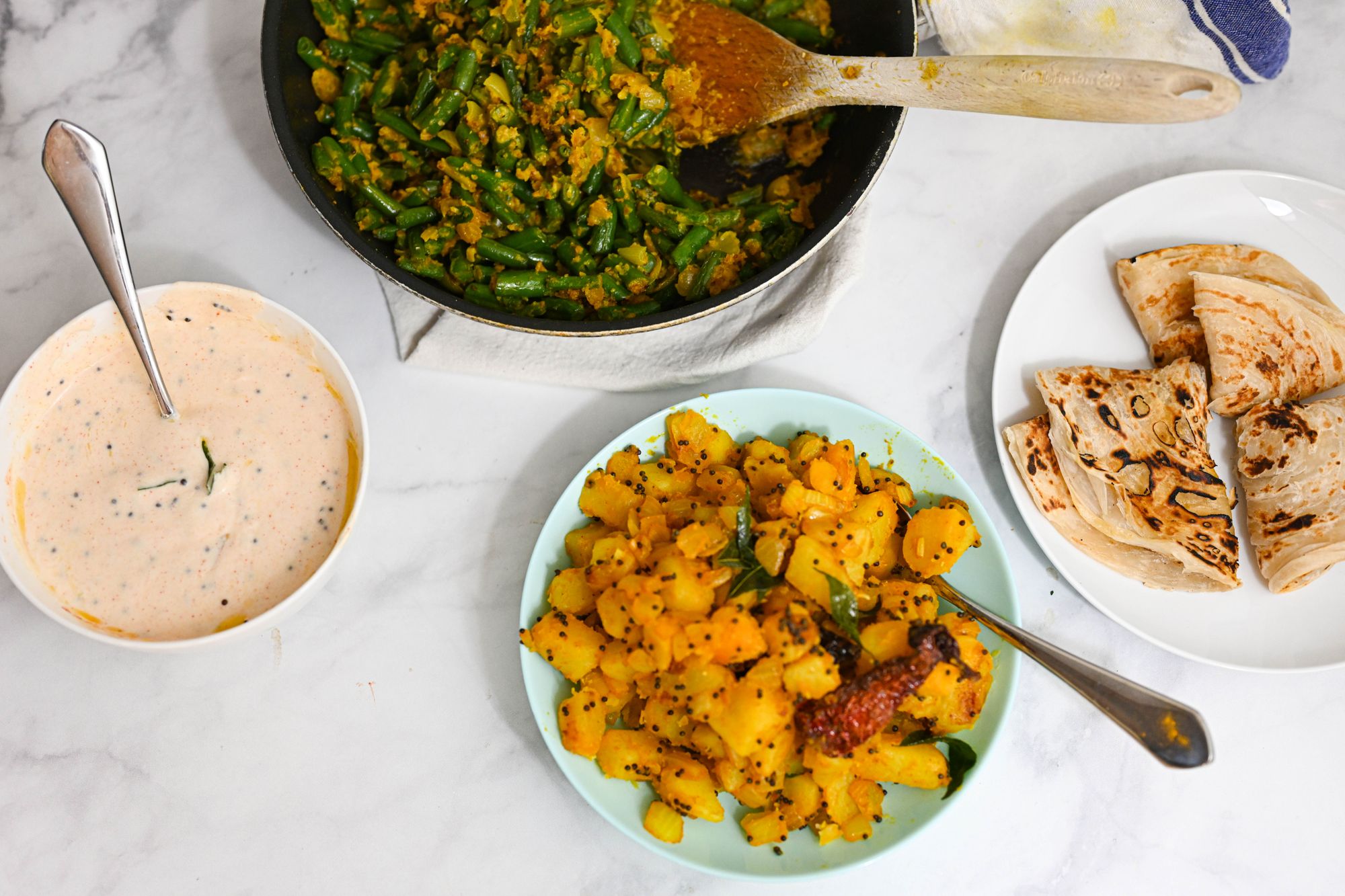
Book published April 23, 2019 by Houghton Mifflin Harcourt.

If you've never cooked Indian food, it can seem daunting. What are ajwain seeds and what do curry leaves look like?
Indian-ish by Priya Krishna is incredibly approachable and a great place for anyone to start cooking modern-style Indian food. This is Krishna and her mother, Ritu Krishna's take on Indian food, and how the cuisine they cook has blended and borrowed - piece by piece - from their surroundings. The recipes lean contemporary with whiffs of traditional methods.
Krishna is a regular contributor to Bon Appétit, The New York Times and more. She grew up in Dallas, Texas with her mother, father and sister. Her parents grew up in India and moved to the U.S. Anyone who has moved to a new country understands how strongly we might cling to dishes of our home, but how place and our ever-changing selves creep into our food.
Whether or not you cook from this book, it contains incredibly helpful information. My favorite reference is the Spice Guide, page 24, which details 17 spices, including flavors, where to buy, what to substitute, and how to use it. Krishna details how to handle these spices, and introduces the reader to the ever-important method of blooming spices in oil, page 32. You'll do yourself a favor to read the introductory teaching pages before you start cooking.
The recipes presented are overall quite mild in chili flavor. You can sub in paprika for chili powder if you're really afraid. Don't be though. My chili-adverse, half-Indian children ate most of these dishes as printed and didn't once complain they were "spicy." My daughter once complained that rosemary was too spicy.
Sections: Essentials; Mother Sauces; Vegetable Mains; Vegetable Sides; Breads; Beans and Lentils; Grains and Noodles; One Chicken and Three Fish Recipes; Desserts; Drinks
Difficulty Level: Beginner to Intermediate. Some recipes are as easy as stirring together common, dry spices bloomed in oil and yogurt. Others require more advanced knowledge of spices and more precise timing in cooking—what the author does exceptionally well is hold your hand through the learning process. You'll be more confident in cooking with spices after using using this book, particularly black/brown mustard seeds, coriander seeds, cumin, asafoetida and turmeric.
Ingredients: Visit a local Indian grocery store with a list and ask the shopkeeper to help you find what you need. If you don't live near an Indian grocery store (you probably do, just Google it!), or if you feel intimidated, Amazon is a fine source too. Set aside $30 - $40 to set up a spice set. I was able to buy most of what I needed for $35 in Boston. Once you have the spices, the mainly vegetarian ingredients are quite affordable.
Overall: Give cooking Indian food a try if you haven't already. This book will help you get your foot in the door with clear instructions, overlapping ingredients and a sense of humor.
Will I Keep it?: Yes! This book gave me confidence to cook non-traditional Indian food without fear of doing it the wrong way. I also learned more about cooking with Indian spices and will refer to the reference charts in the future. I continue to think about some of these recipes, even as I test future books.
The Test
Mustard Seed and Curry Leaf Raita—Page 50
Raita or yogurt in some form is a staple in most Indian homes. This particular raita is pretty sweet, but nicely punctuated by the crunch and pop of the black mustard seeds and the aromatic curry leaves. I even eat the curry leaves, but you can easily pick them out.
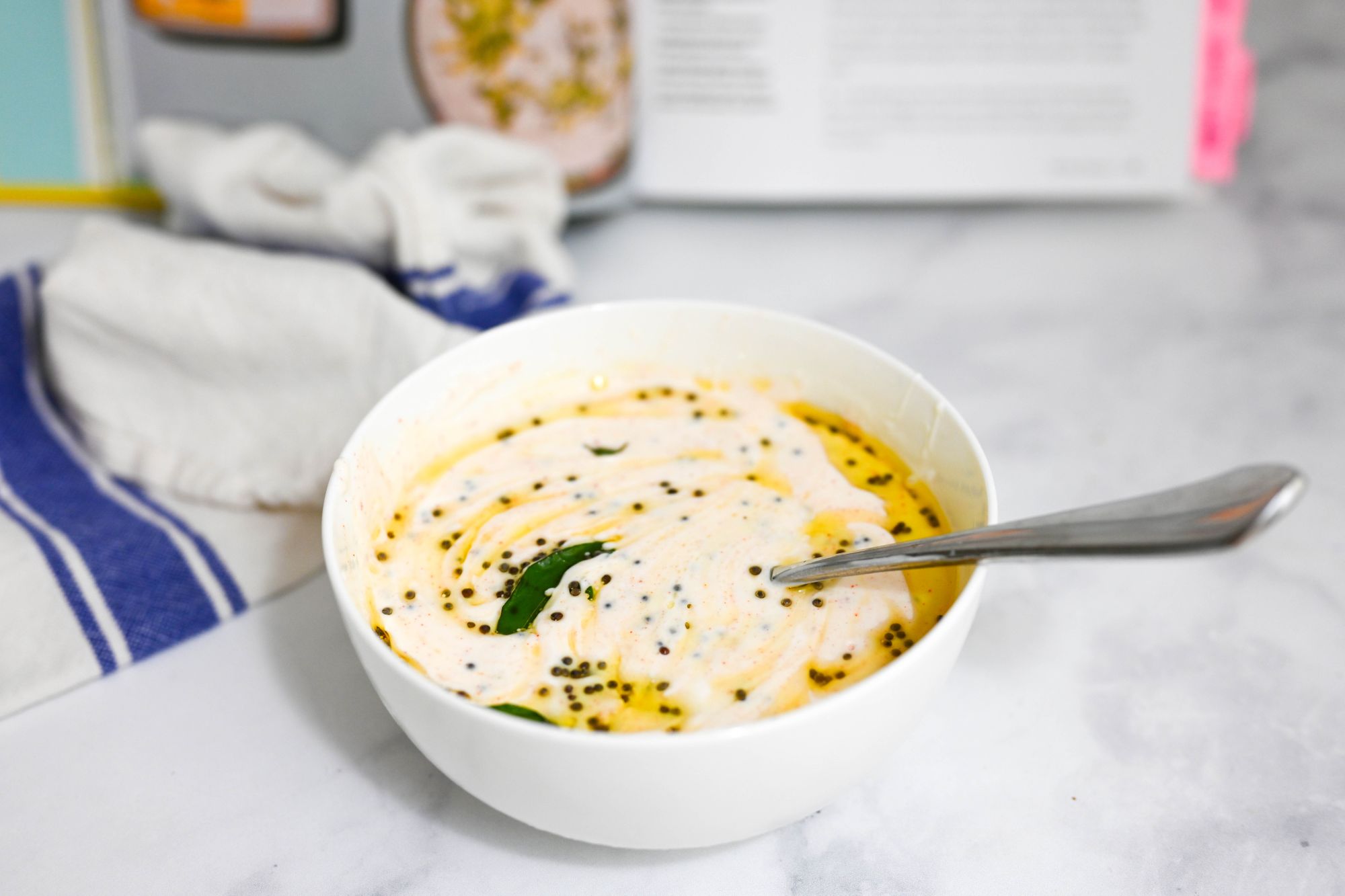
My husband said he thought the raita was too sweet, but it was something I could crave.
Note: I repeated this recipe a few days later to go with leftovers. I added 1/2 tsp lime this time and it was even better. I see myself making this again and again.
Matar Paneer—Page 70
The matar paneer you find in most Indian restaurants in the United States is packed with cream and light on the paneer.

This version was really quite delicious, with snaps of spice like coriander seed, acid from the tomato, and sufficient fat from the paneer.
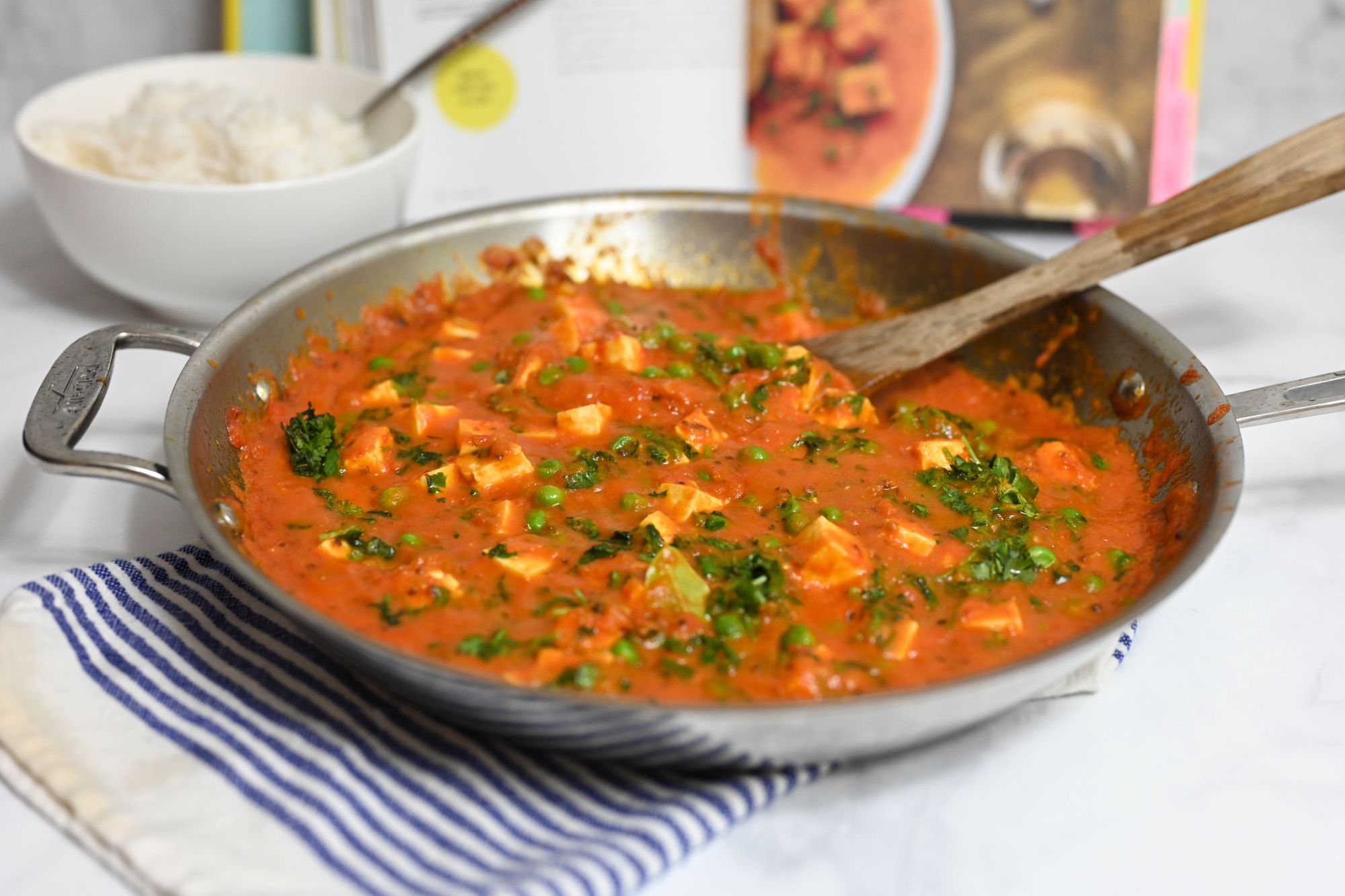
The method was clear and like a lot of Indian food, not difficult to put together after the ingredients were prepped.
I would recommend using petite frozen peas for tenderness and convenience. Also, be sure to blend in the coriander seed sufficiently or you'll be picking seed bits out of your teeth.
Bhindi (Charred, Spiced Okra)—Page 76
Many people have trouble with okra and complain it is too slimy or too bitter. I don't usually have that problem, and especially love fried okra.
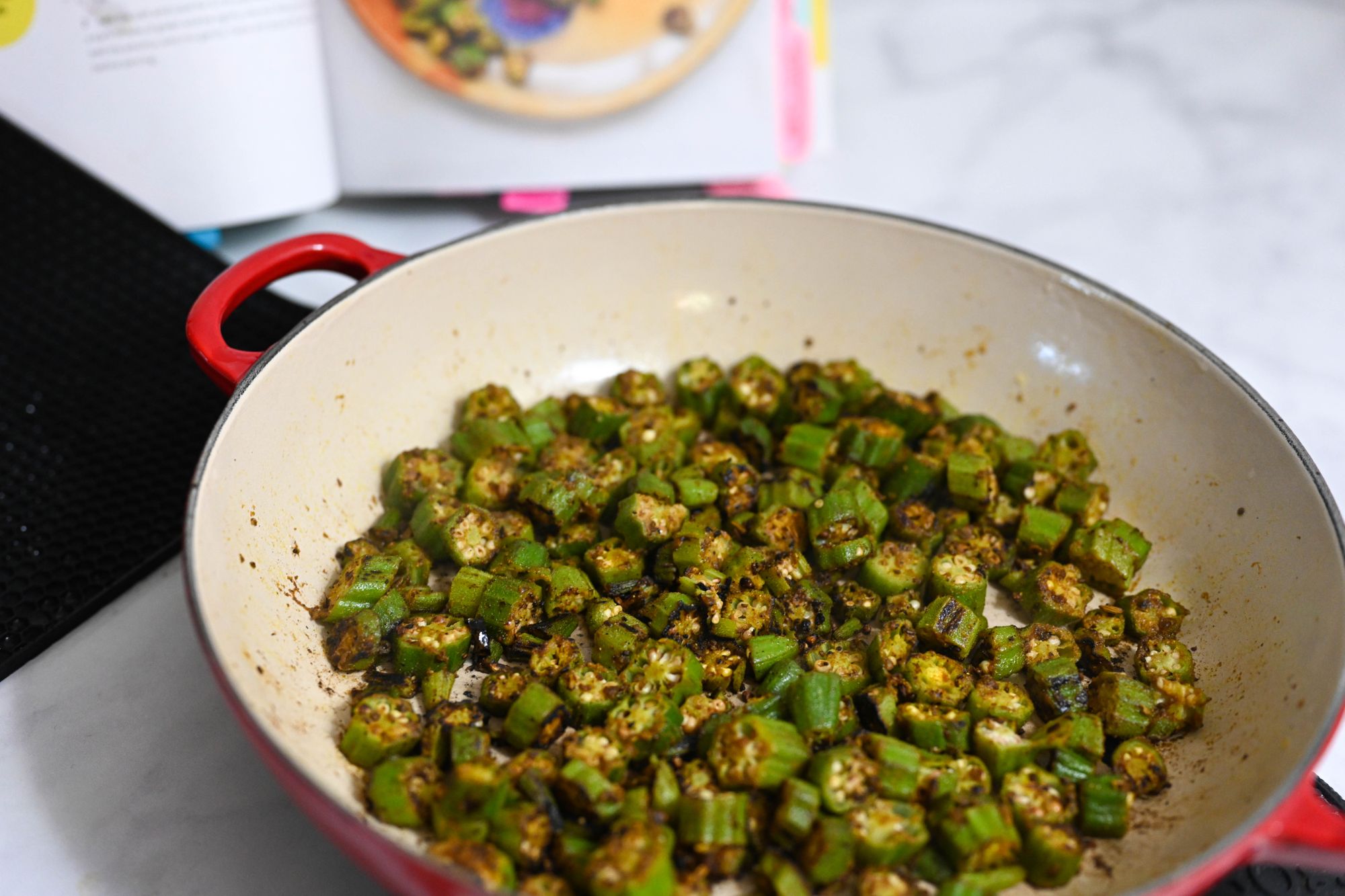
But, this recipe was not my favorite.
Maybe my okra was a little too imperfect. Maybe I should have used frozen okra as the author suggested. Regardless, I found this to be a little bland and too charred. It was greatly improved by the Mustard Seed and Curry Leaf Raita (above and page 50).

Chickpea Flour Green Beans—Page 90
These green beans were incredibly delicious, and easy to make. The author described the green beans as tempura-like but the chickpea flour (aka besan) did not turn crispy for me.
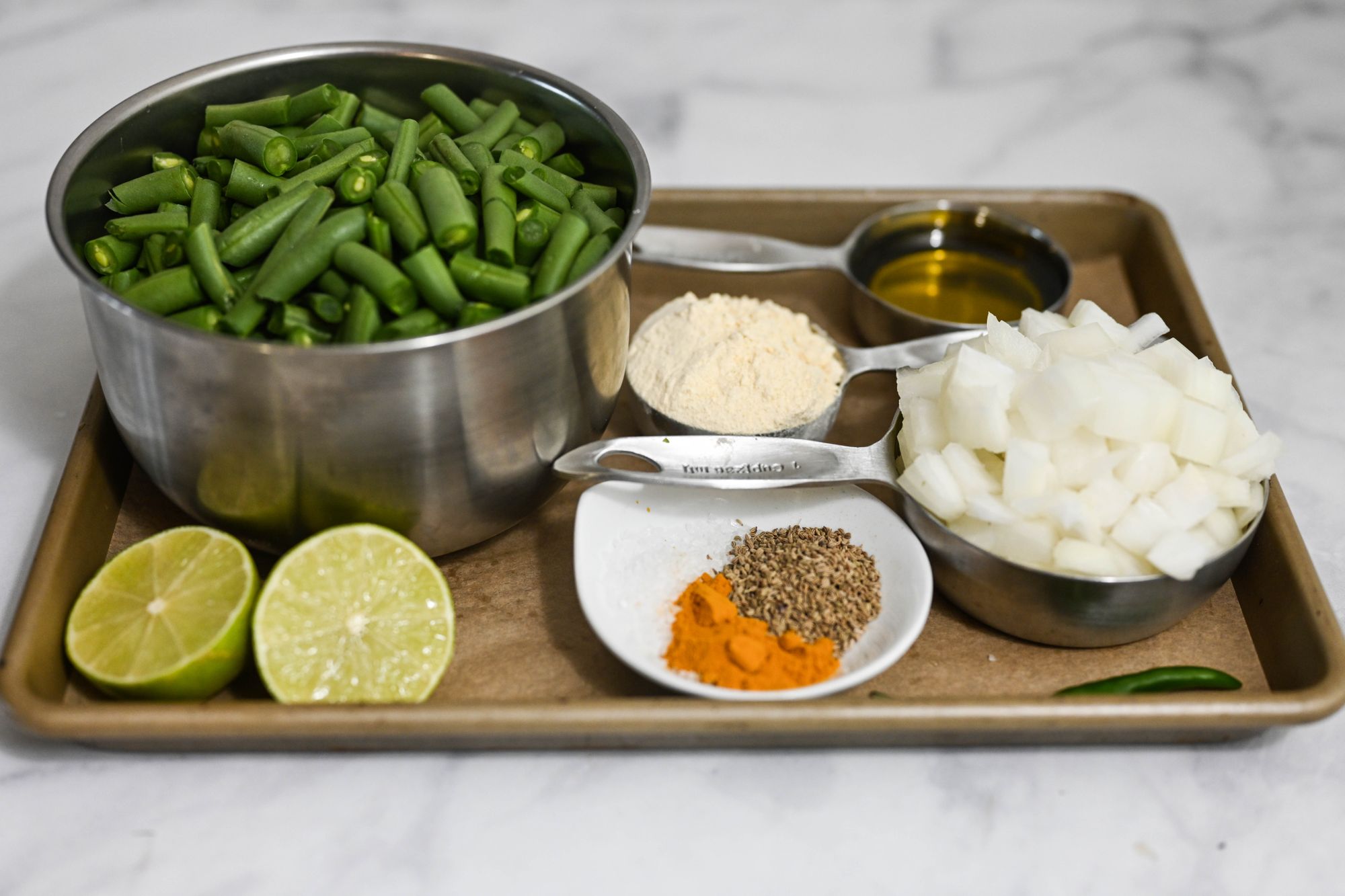
I'm not usually one for leftovers, but I willingly heated these up the next day and they were even better than the first. I especially enjoyed them served with the Mustard Seed and Curry Leaf Raita.
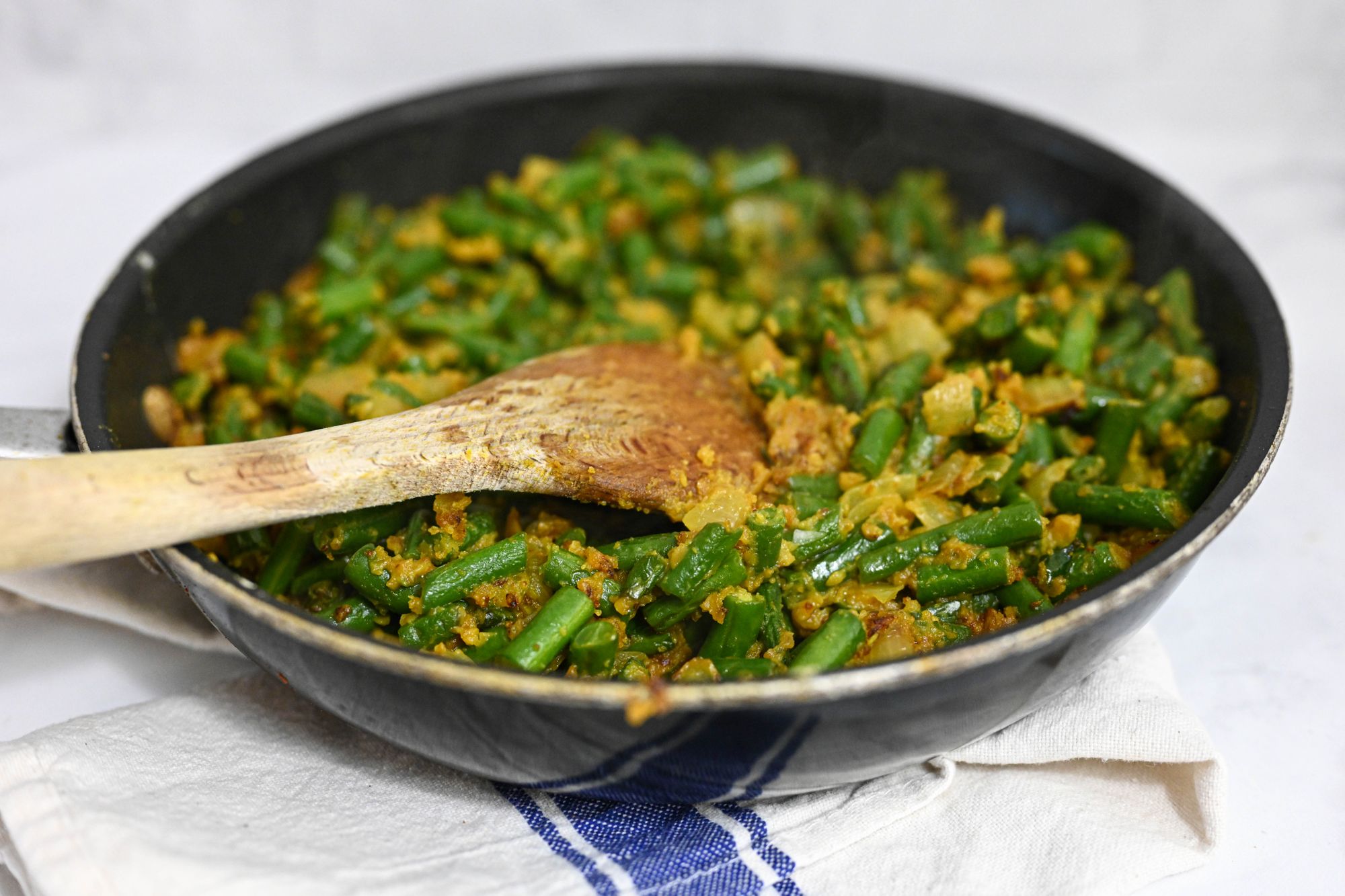
I will be adding this to my repertoire during green bean season.
Dosa Potatoes with Lime and Ketchup—Page 113
If you've tried a dosa, I bet you loved it. If you haven't tried a dosa, you definitely should. They are usually served on a thali with a side of chutney (often coconut chutney), sambar (like a soup) and the dosa which is a large, flat, crispy-with-a-slight-chew Indian crepe.
The best part about dosa is the different textures and flavors you get on one plate, generally for a great price.
These potatoes are the stars of many dosa thali, the filling in the dosa itself. It can make or break a dosa experience. Luckily, these potatoes were delicious and easy to prepare.
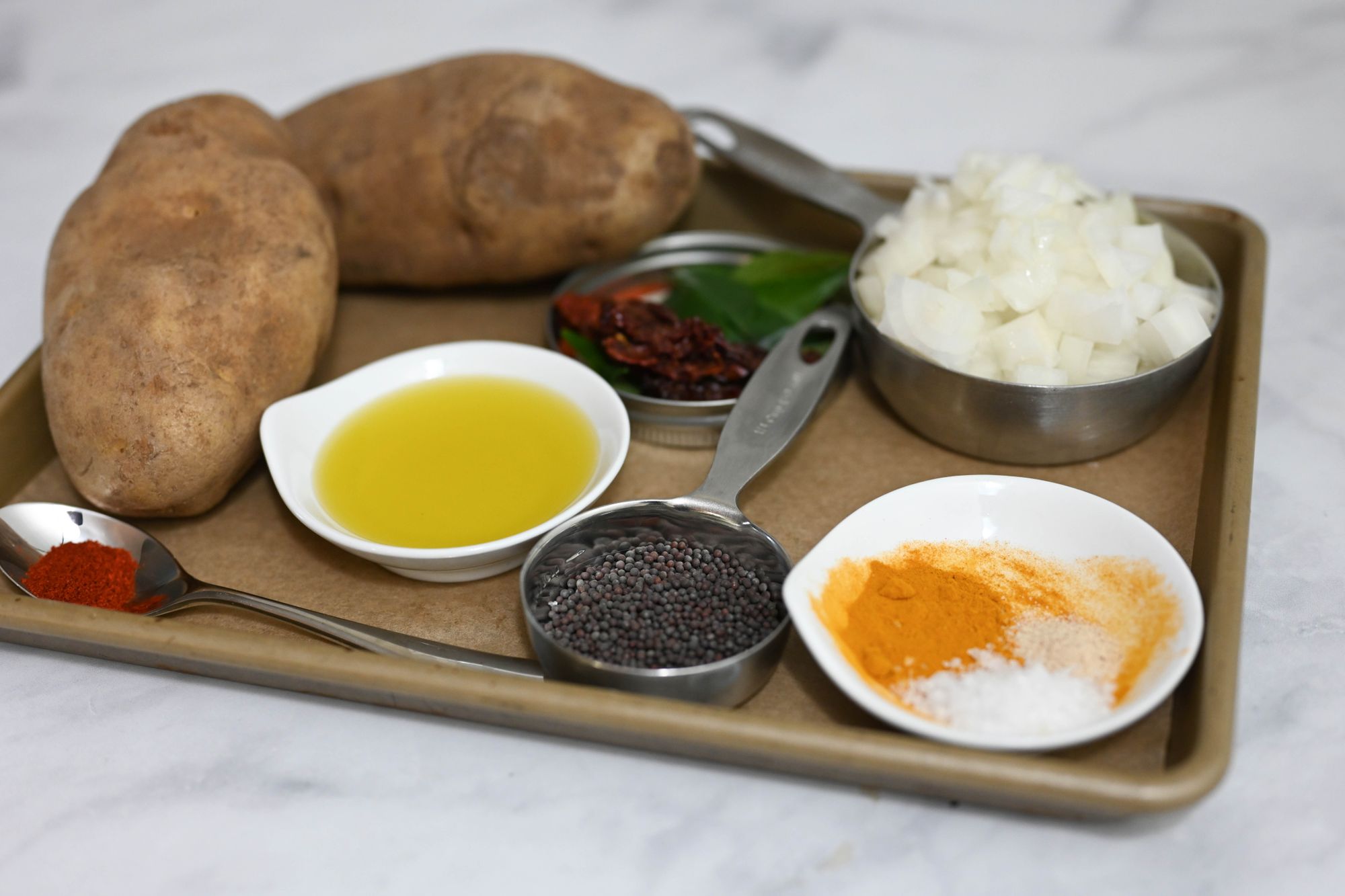
I served these potatoes without the prescribed ketchup because I forgot. For the best. The potatoes are nice as-is, but would go well with ketchup as written, or with raita as I ate them.
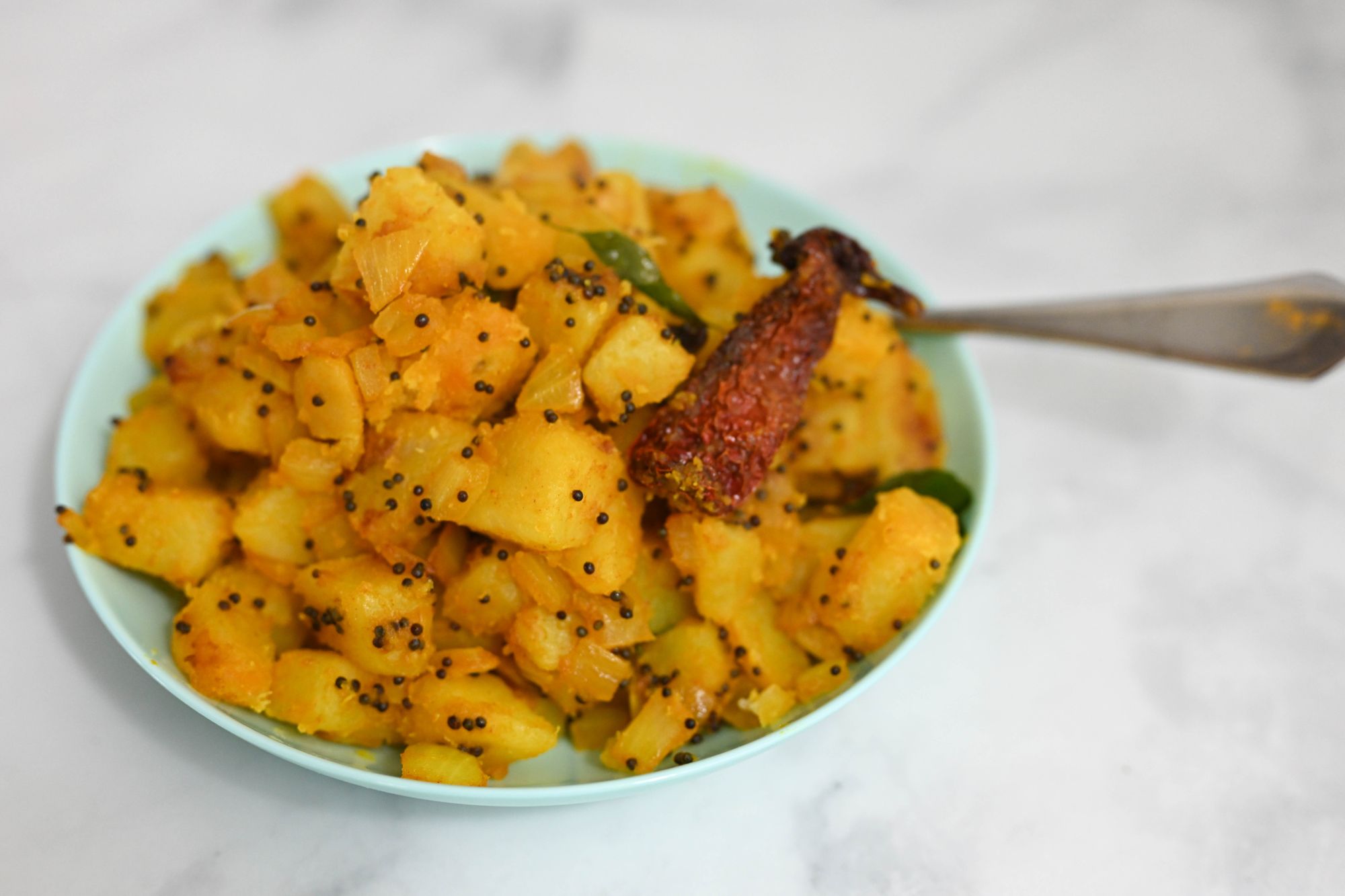
I would have loved a quick dosa recipe to go along with these. I know it would likely be two (or more) pages in itself, but it would have suited the book as a whole.
Krishna offers up an Aloo Paratha recipe, as well as Pesarattu (Lentil Pancake) but Indian-ish is a bit lacking in the homemade flatbread/bread/pancake category. You'll find toasts, wraps and a few other carb-y nibbles, but not a lot of from-scratch, scoop-up-your-food type breads I rely on when cooking Indian food. That said, you can easily find these breads frozen or sub in tortillas.
Indianish Baked Potatoes—Page 119
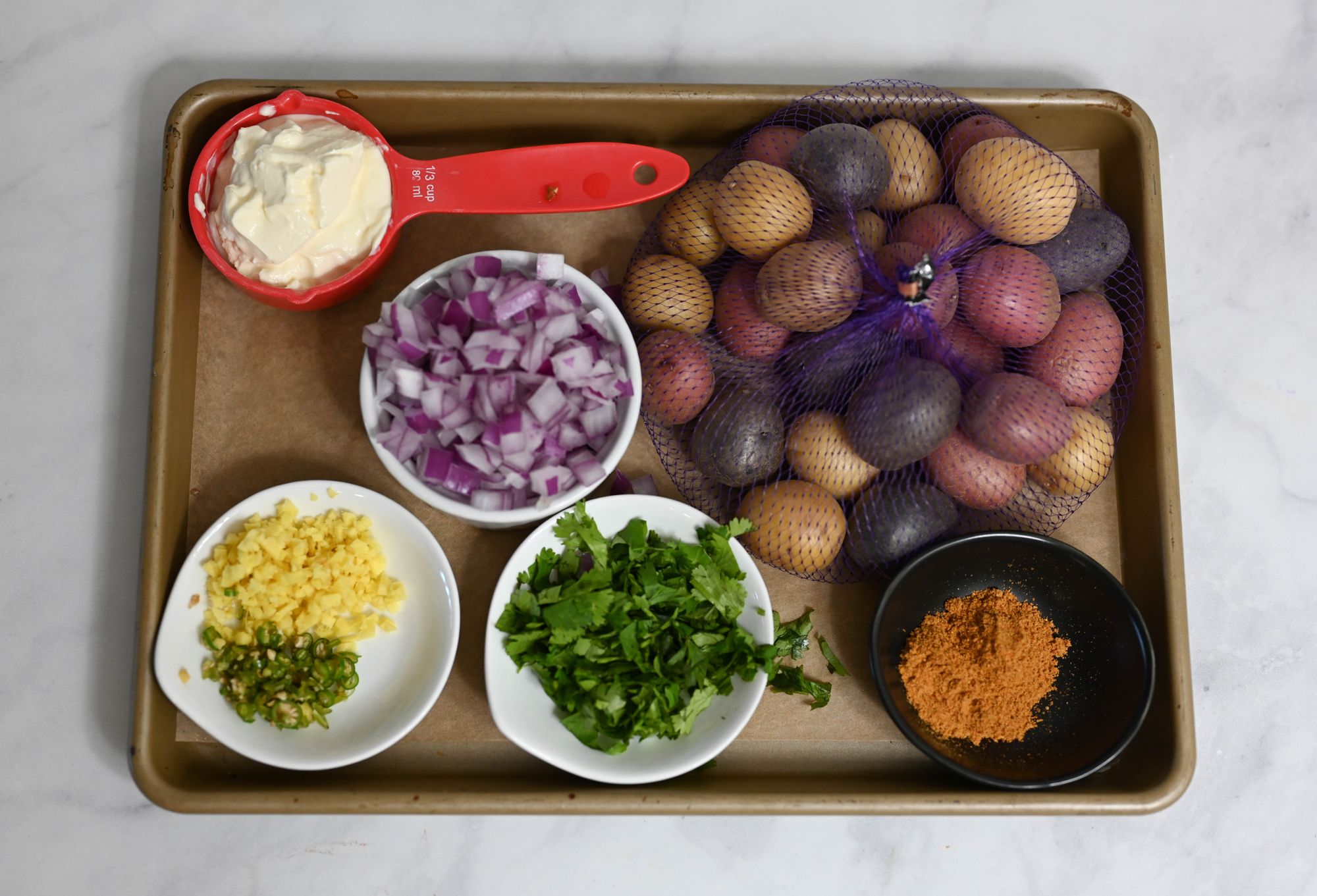
These appetizer potatoes were economical and hard to set down. The flavors were pop-y and thus hard to stop eating. Who doesn't love punchy flavors in appetizers?
What I love most about this recipe is it introduces the reader to chaat masala: a tangy, spicy, highly addicting seasoning mix that should be in everyone's kitchen.
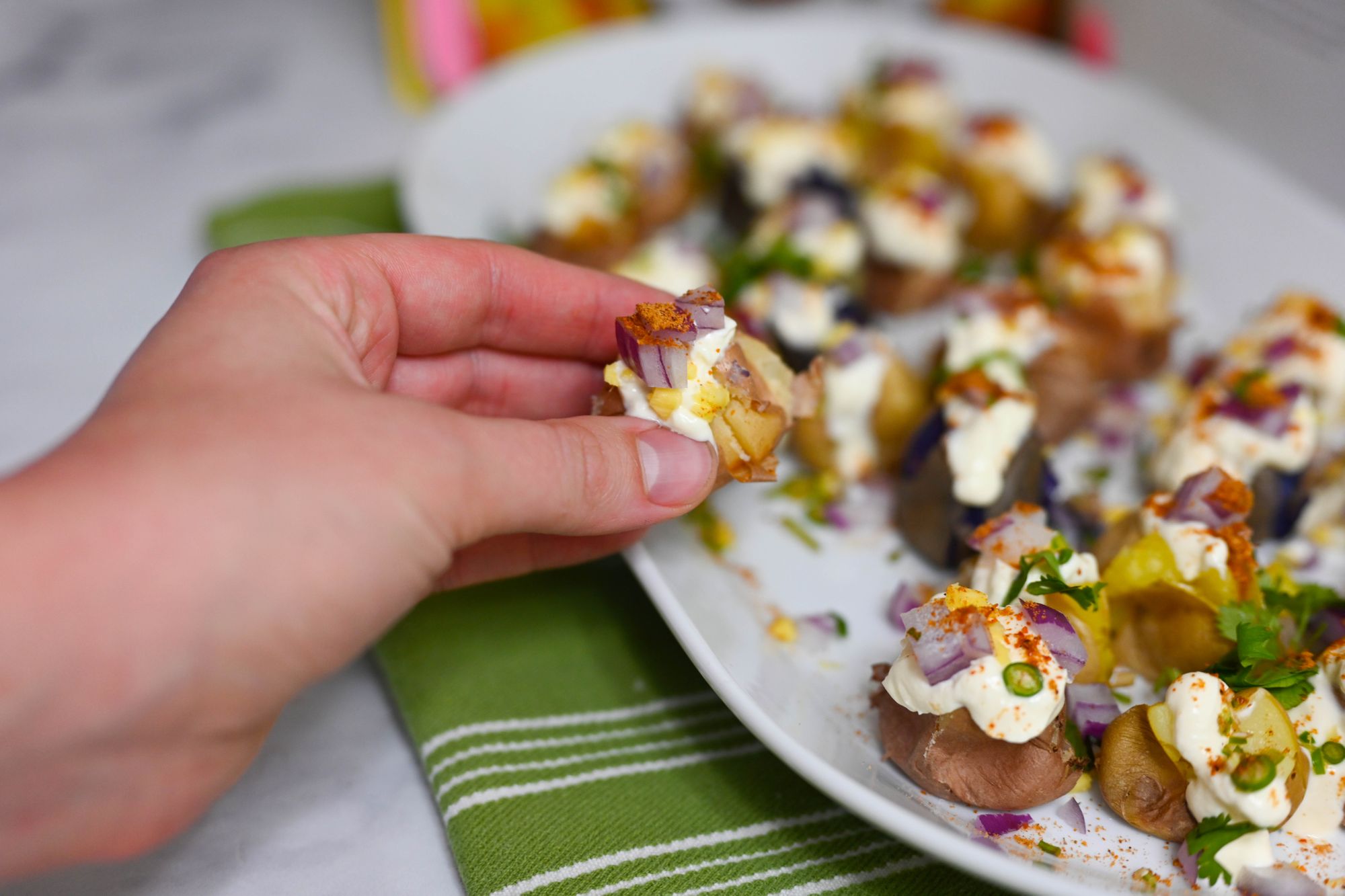
Priya's Dal—Page 152
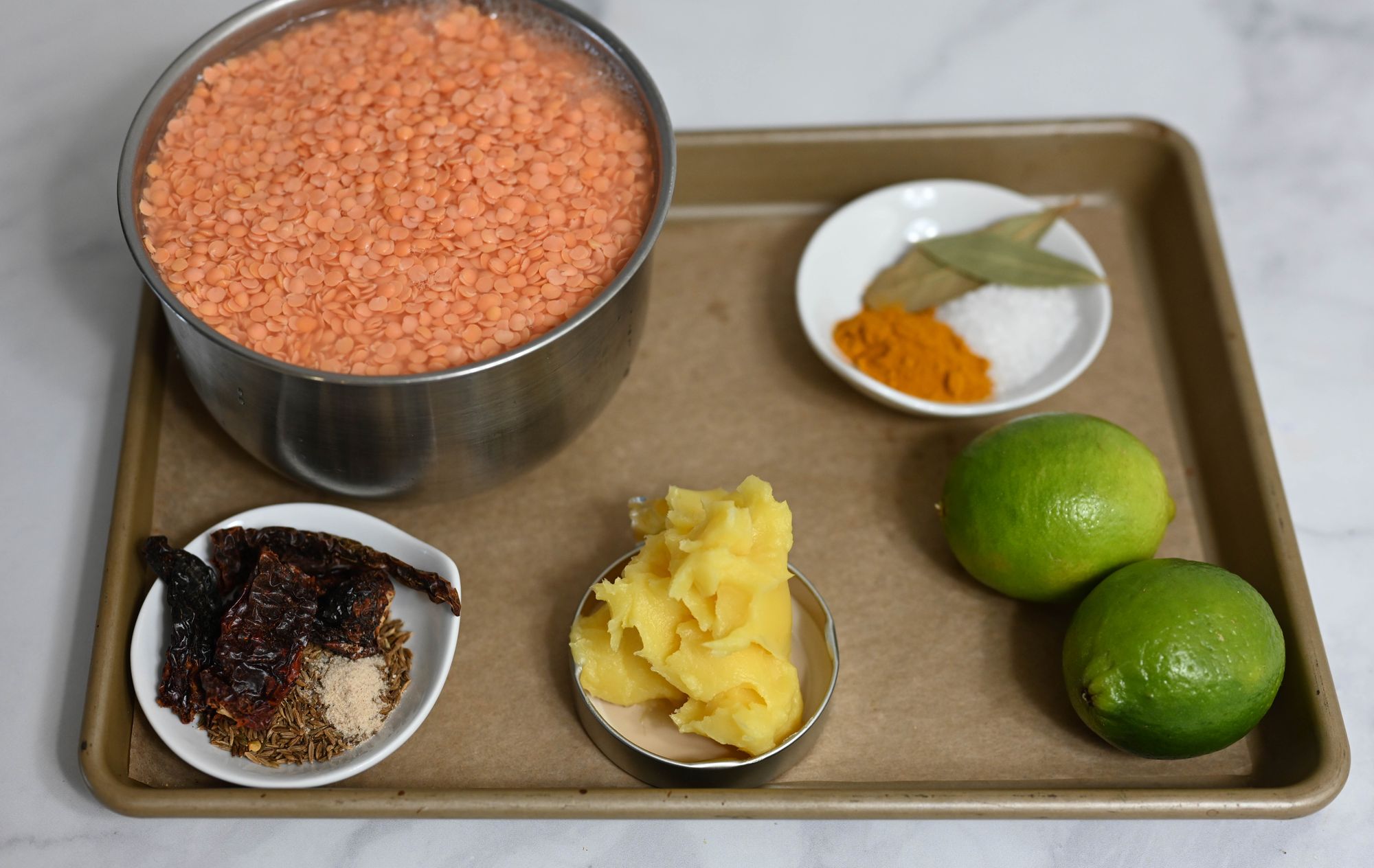
My husband said, "I've never heard of a non-Indian person talk about what kind of dal they like. I've only heard them say 'I love dal.' "
Flip through Krishna's Lentil Guide, Page 31 and you'll learn about many a lentil. Some cook quickly, some take hours. Each dal requires a specific lentil. Most Indian people I've met have a favorite.
Indian families often own a pressure cooker and use it for dal. Try it and you'll cut down on your cooking time which is really important for lentils because some kinds seem to take for.ev.er. I'm a bit pressure cooker phobic, so I appreciated that the instructions offered a method with a standard pot.
The recipe as written yielded a very soupy dal, slightly bland to my taste. BUT I continued to boil this for 45 min to see what happened and it was magic. The dal police (my husband) never before complimented my dal, but he said this was "really good" once I reduced it down. Hell froze over. I'll be making this again with the extended cooking time.
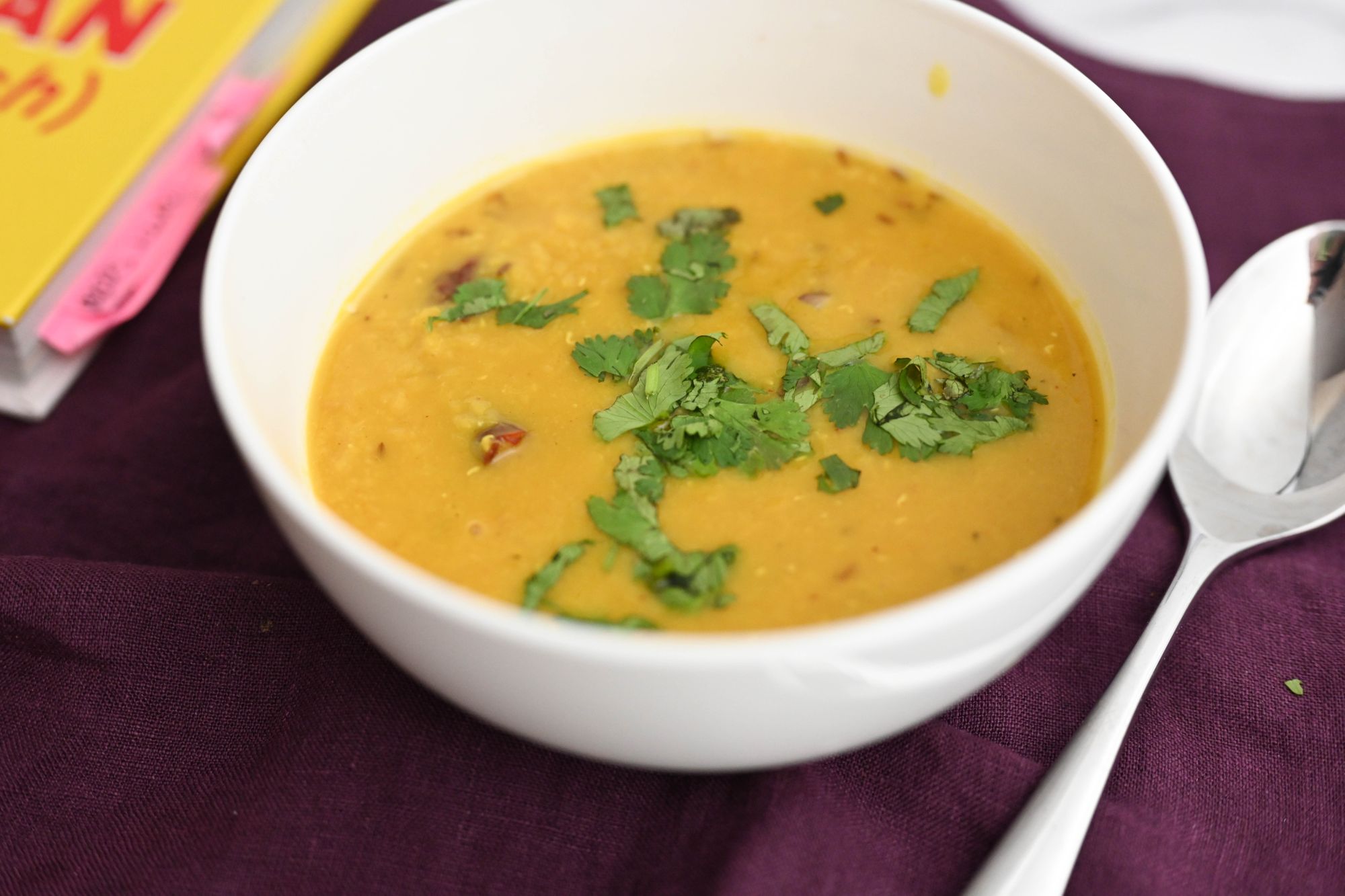
Tomato Rice with Crispy Cheddar—Page 170

Krishna describes this dish as "pizza in rice form." That's exactly what I told my son when I served it to him.
If you're doing the same with your family, I would recommend only parading this as "like pizza" to the spice tolerant as this has a slight kick from the green chile. After all, you don't what to lose pizza as a go-to if kiddos have in their brains it will be spicy forever more. Pizza is too important.
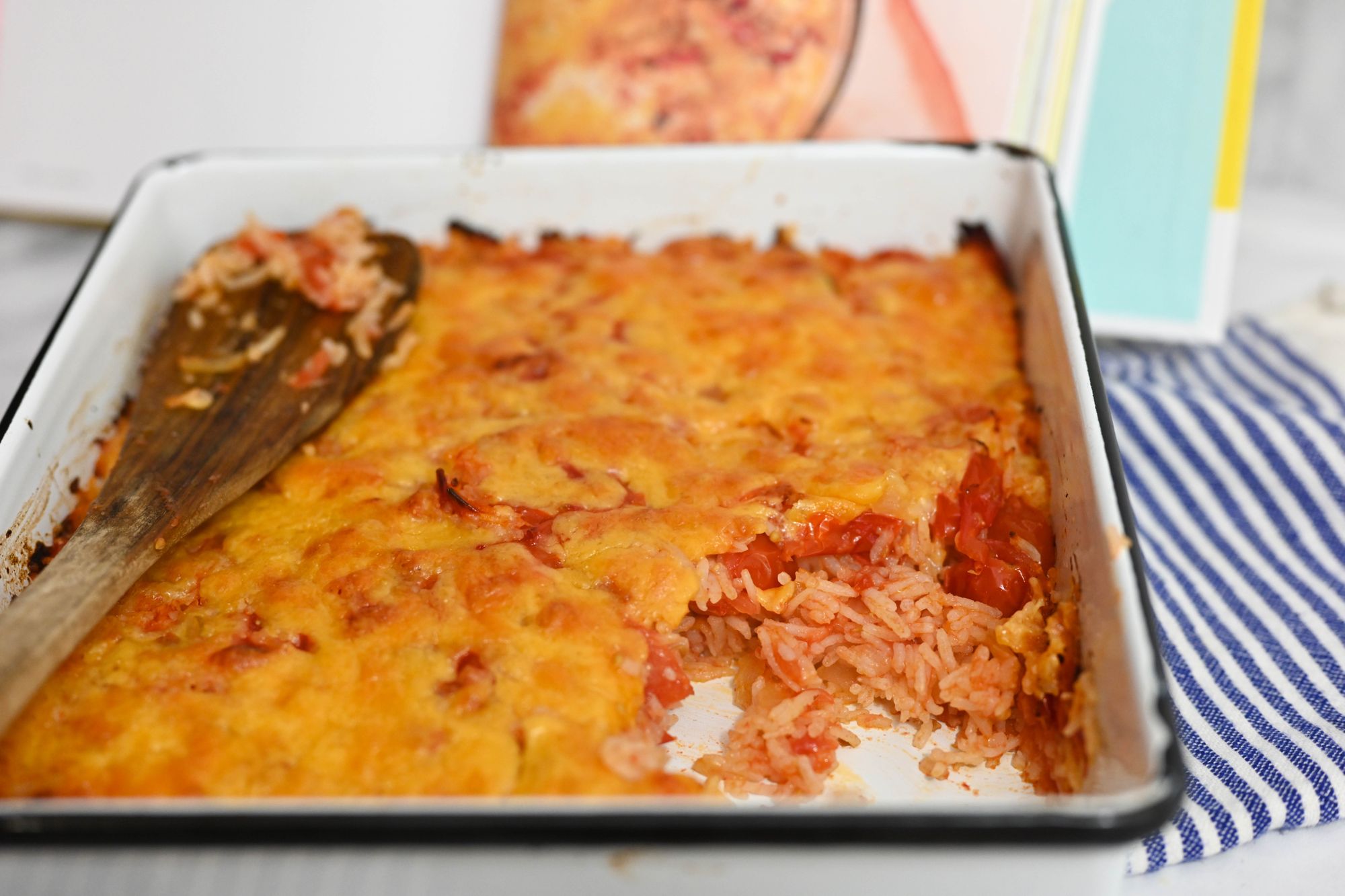
This dish is great comfort food. I loved it with an additional spritz of lime and drizzle of hot sauce. Sriracha or something vinegary would do the trick.
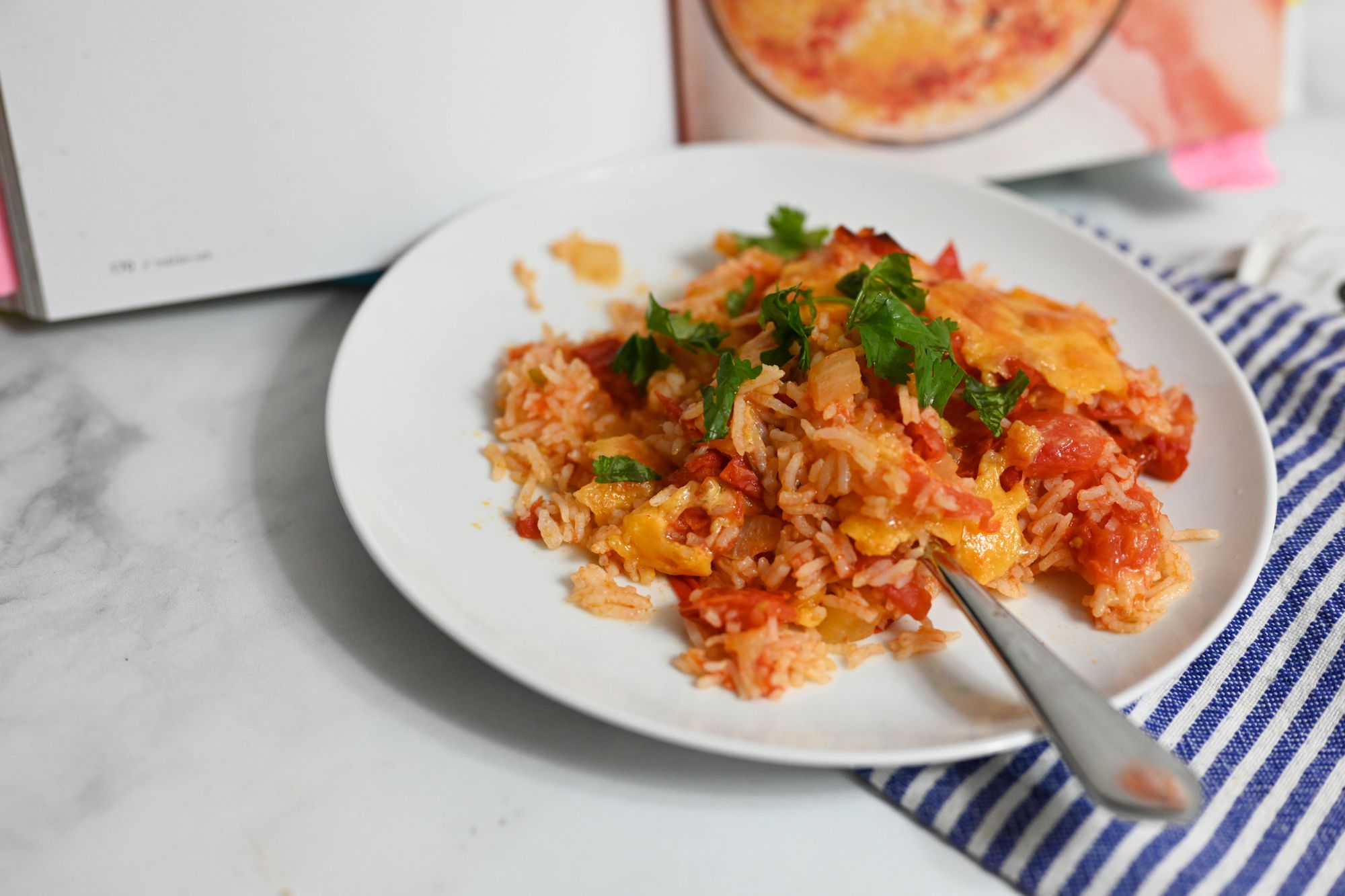
This would also go great with a late night and a glass of white.
Garlic-Ginger Chicken with Cilantro and Mint—Page 187
I wanted to make this chicken because one, it's the only chicken recipe in the book and two, it sounded incredibly versatile. The method mentions a two hour marinade time, but I ended up giving it a twenty-two hour marinade. No worries, though. The chicken was fantastic. Plus, this was a good test because I firmly believe that unless you are making a cured fish or the like, marinades should be pretty forgiving.
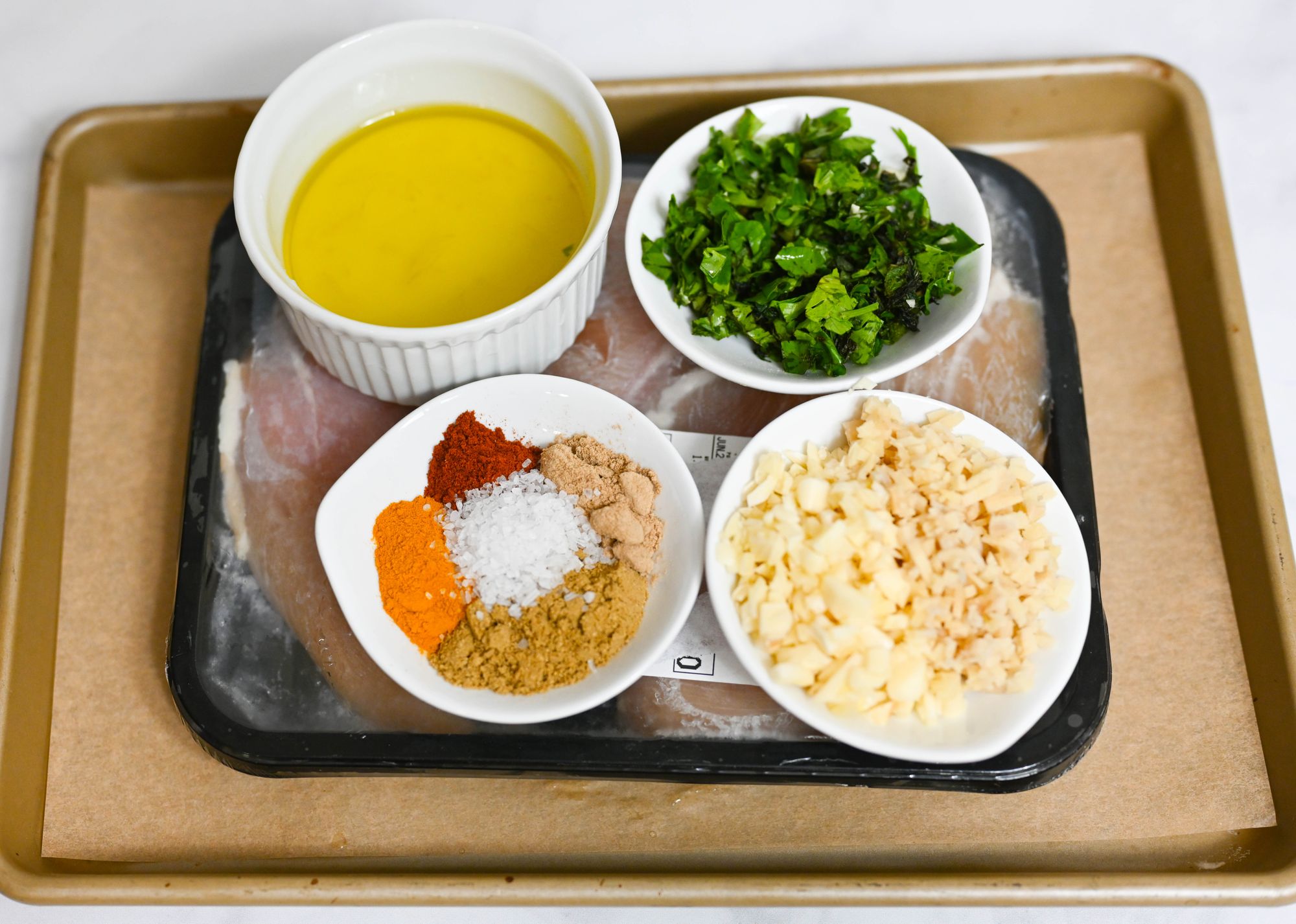
The chicken cooking timing was detailed to the minute and worked well.
I can see why the marinade ingredients were a closely guarded secret by the author's aunt as they are simple but successful. The chicken is a standout and should be easy to replicate. I might even try it with paneer.
Anvita's Dump Cake—Page 207
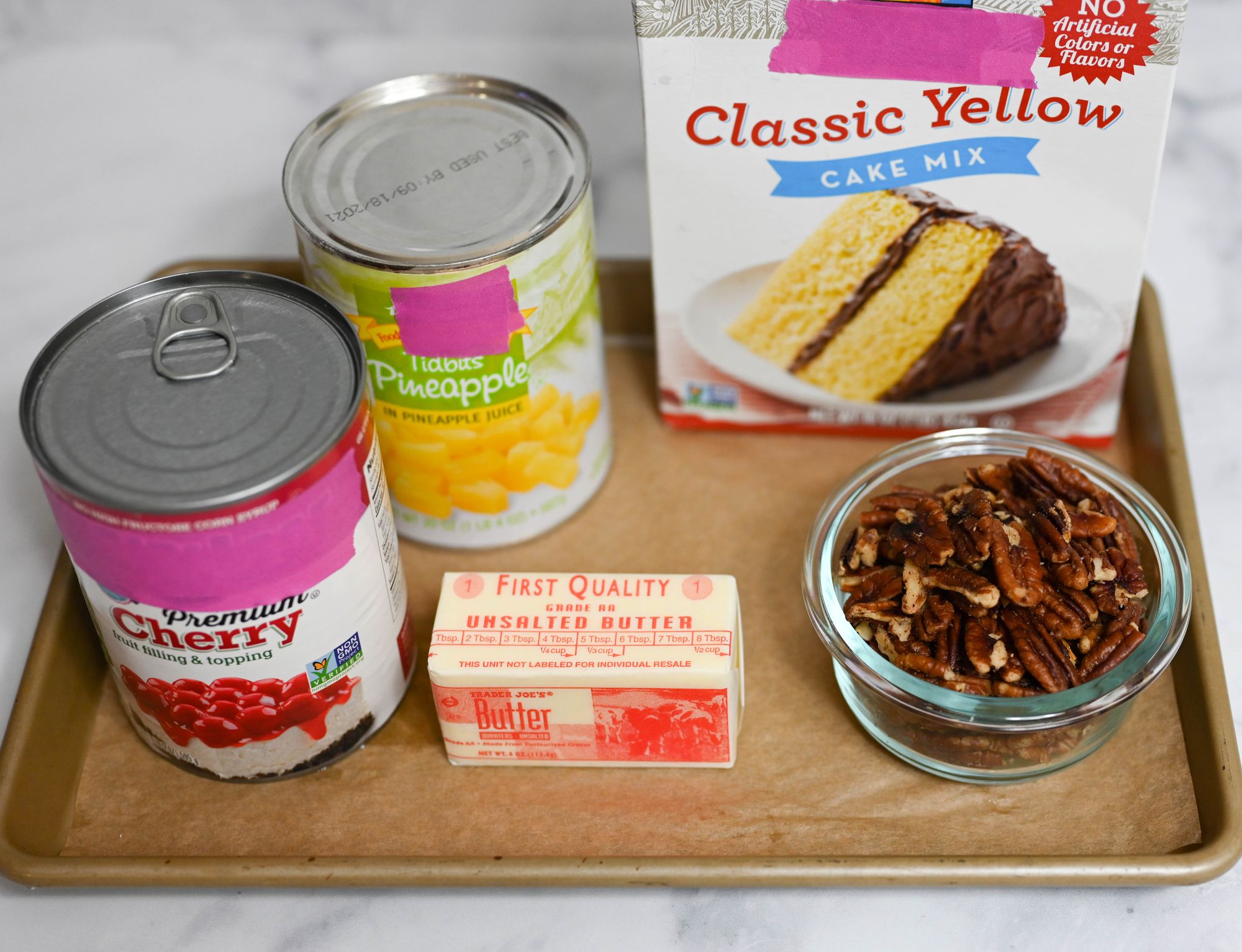
This recipe does not fit in a traditional Indian cookbook and Indian-ish does not claim to be traditional. This fits in the book's goal of telling food stories of close family and friends.
I've seen dump cakes in recipe round-ups for years.
"No time to bake? Do this!"
"The name is terrible, but try it!"
All true. This was delicious. I even forgot to add the pecans. It would be great with pecans.
Note: I first wrote this: "This was my first dump cake. The concept sounded ideal. Easy." Then my husband reminded me that I had made a dump cake before for a pot luck? I have no memory of this.
Dump cakes are so easy you'll forget you even baked.
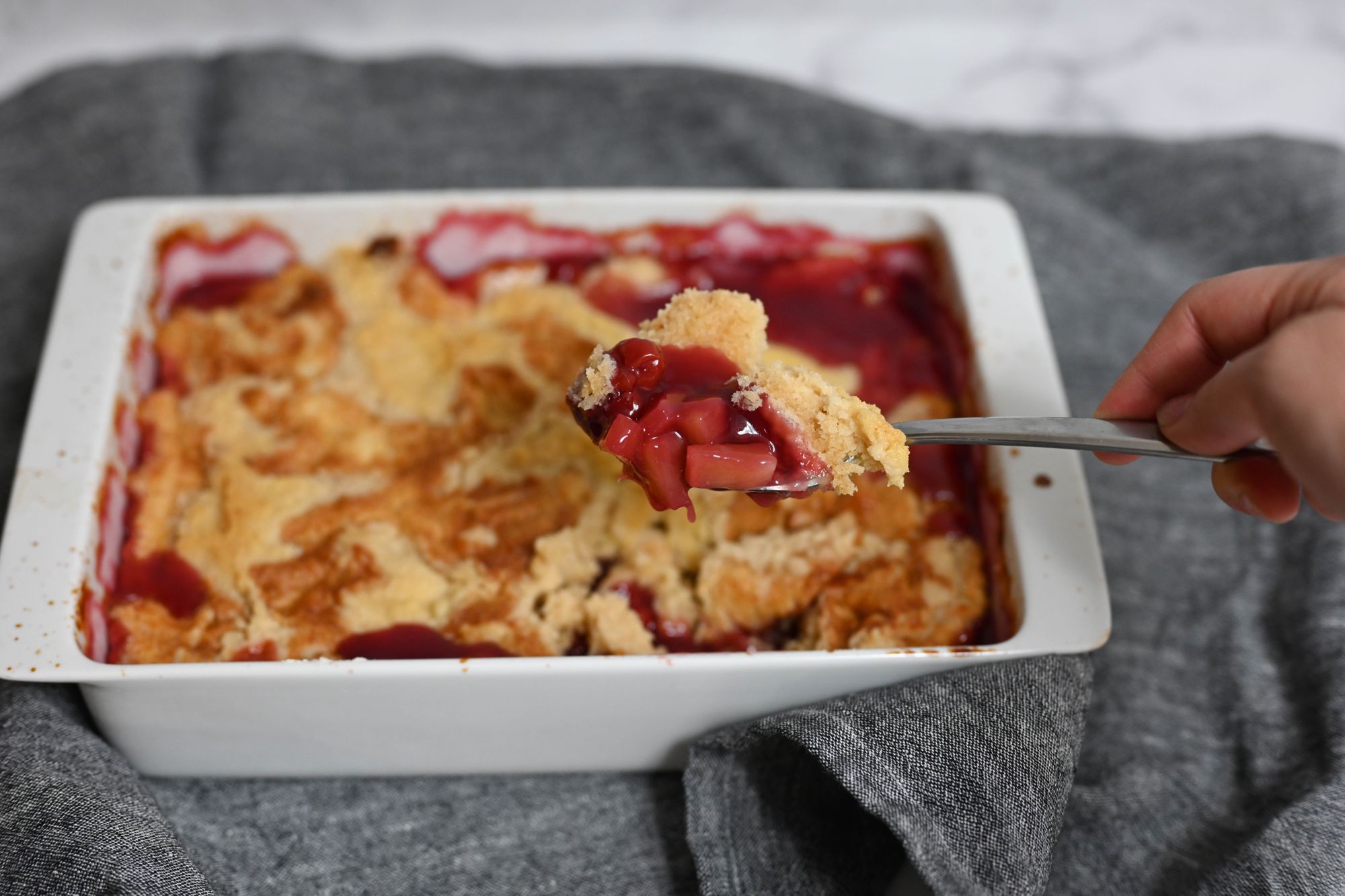
Beyond curry, this book will teach you about Indian spices and how to cook with them. Approachable, hip and easy to devour.
As an Amazon Associate I earn from qualifying purchases.
